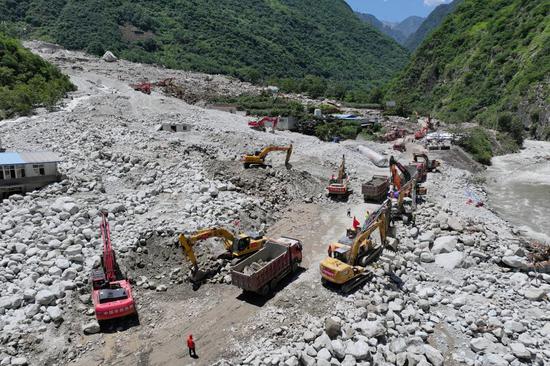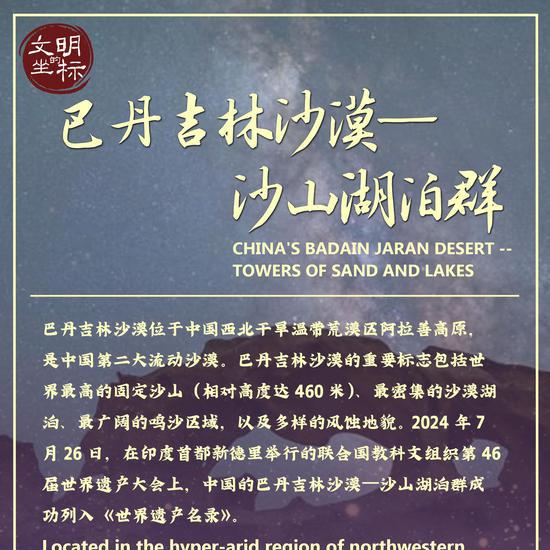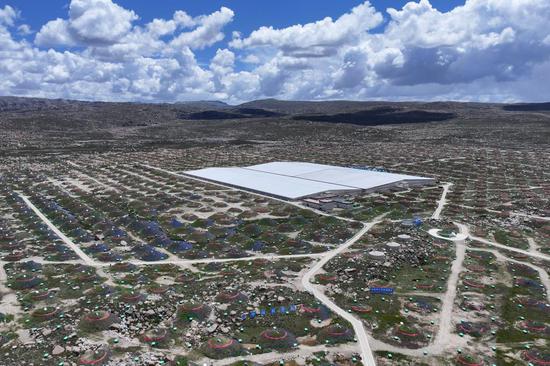Glaciers smaller than 0.5 square kilometers in Northwest China's arid regions will disappear by the middle of this century, regardless of the climate scenario and precipitation, according to the latest research conducted by Chinese scientists.
The research findings, which were recently released by the Chinese Academy of Sciences' Xinjiang Tianshan Glacier National Field Observation and Research Station, indicate that glaciers smaller than 2 sq km in the region will also disappear by the end of this century, while those smaller than 10 sq km may have no more than 30 percent of their ice left.
"Due to global warming, the total glacier area in the Xinjiang Uygur autonomous region has decreased 11.7 percent in the past 50 years, with the rate of reduction in different parts varying from 8.8 percent to 34.2 percent," said Wang Feiteng, chief of the station.
The accelerated melting of glaciers will initially lead to an increase in the glacial meltwater runoff, Wang said, noting that as the glacier shrinks, the runoff will eventually reach an inflection point, where the glacial meltwater reaches its maximum volume before gradually decreasing.
"The inflection point has already occurred in glacier-fed watersheds, with less glacier coverage and mainly small glaciers," he added.
The watersheds with large glaciers are expected to reach the inflection point before 2050, while others with medium-sized glaciers will hit that point in the next 10 to 20 years, according to the research.
The scientists have also found that over the past 60 years, there has been a slight increase in snow accumulation in most mountainous areas of Northwest China's arid regions. However, the warming climate will cause the snow to melt earlier in these areas, resulting in an overall reduction in snow cover and continuous retreat of glaciers.
Glaciers are a major source of water in the arid regions of Northwest China. Statistics from the Second Chinese Glacier Inventory show that Xinjiang has 20,695 glaciers, or 42.6 percent of the country's total, and the total area is 22,623 sq km, which is 43.7 percent of the nation's glacier area.
He Qing, a researcher at the China Meteorological Administration's Urumqi Institute of Desert Meteorology, called for increased monitoring of the mountainous and glacier regions, and greater attention to the risks and challenges that climate change poses to local development.
Researchers at the Chinese Academy of Sciences' Northwest Institute of Eco-Environment and Resources have made some progress in seeking effective methods to slow down the melting of glaciers, according to a recent report published by Workers' Daily.
In a trial project at the Dagu Glacier in Sichuan province, the researchers wrapped glaciers in giant blankets made of materials that can block solar radiation and heat exchange on the glacial surface.
The experimental data indicates that compared with glaciers not covered by reflective insulating materials, the total amount of glacial melting in a 500 square meter test area decreased 34 percent.

















































 京公网安备 11010202009201号
京公网安备 11010202009201号